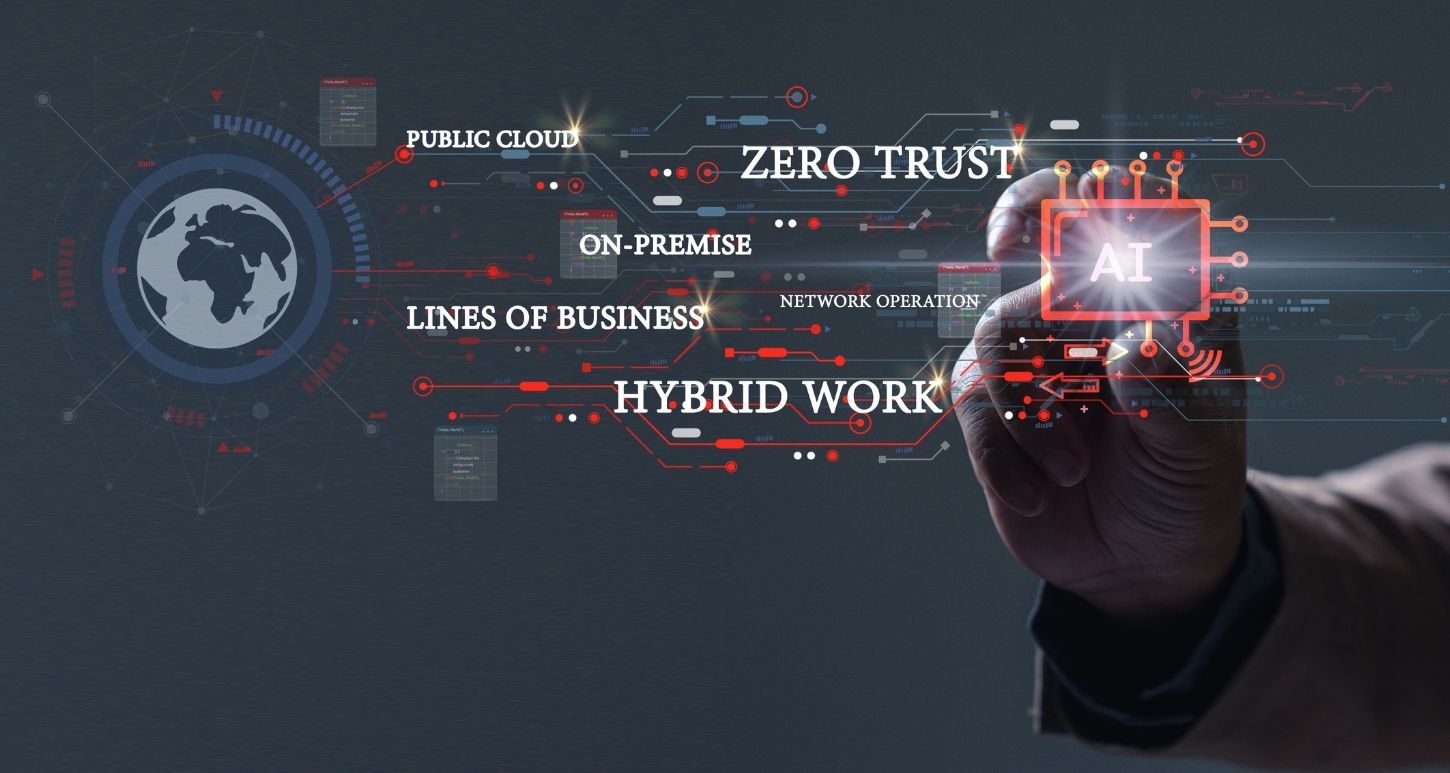Businesses today need anywhere, anytime access to resources, which means networking and security must move to the cloud to deliver a single converged service with flexible deployment and consumption models. Secure Access Service Edge (SASE) combines networking and security functions in the cloud to deliver secure access to applications, anywhere users need them. The core functions include software-defined wide area network (SD-WAN), firewall as a service, Secure Web Gateway (SWG)s, Cloud Access Security Broker (CASB), and zero-trust network access (ZTNA). The SASE model consolidates these traditionally siloed functions into a single, integrated cloud service.
The recent acceleration in the shift to remote work has brought SASE to the forefront. An important aspect of this cultural and digital shift is that the datacenter is no longer the hub; the user is. Users must now be thought of as a “branch of one” in terms of secure access. However, they must maintain the flexibility to access applications the same way whether they work remotely 100% of the time, split time between the office and home, or return to the office full time.
SASE is based on cloud-native capabilities that simplify the IT environment by bringing networking and security teams closer together to drive stronger collaboration and faster response times. SASE helps organizations connect users seamlessly to the applications and data they need to access – in any environment, from any location; control access and enforce the right security protection anywhere users work; and converge networking and security functions to deliver secure connectivity as a service.
Cisco’s SASE architecture combines networking, client connectivity, security, and observability capabilities — all available through a single offer. Their approach helps organizations:
- Connect and secure access to applications, data, and the internet for remote workers, fixed locations, any internet-facing devices, and workloads
- Gain end-to-end observability from the user all the way to applications, over any network or cloud
- Optimize performance by ensuring the fastest, most reliable, and secure path to the cloud
- Adopt zero trust network access by verifying the identity of users and the health of their devices to secure access to applications, on a per-session basis
- Make your business more agile by leveraging the cloud to remove complexity from your infrastructure and provide immediate scalability
Implementing a full SASE architecture is a multi-step journey that will be different for every organization. Cisco provides solutions that include the consolidation, ease of deployment, and management that you need to scale your business and provide effective security for users anywhere they choose to work – without a degradation in speed, performance, or user experience. And as a Cisco Gold Partner with FIVE Cisco Master specializations, GDT is the perfect partner to help you implement a SASE approach that delivers simplicity, visibility, and efficiency.




